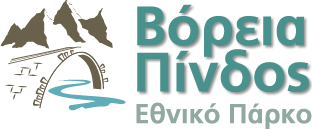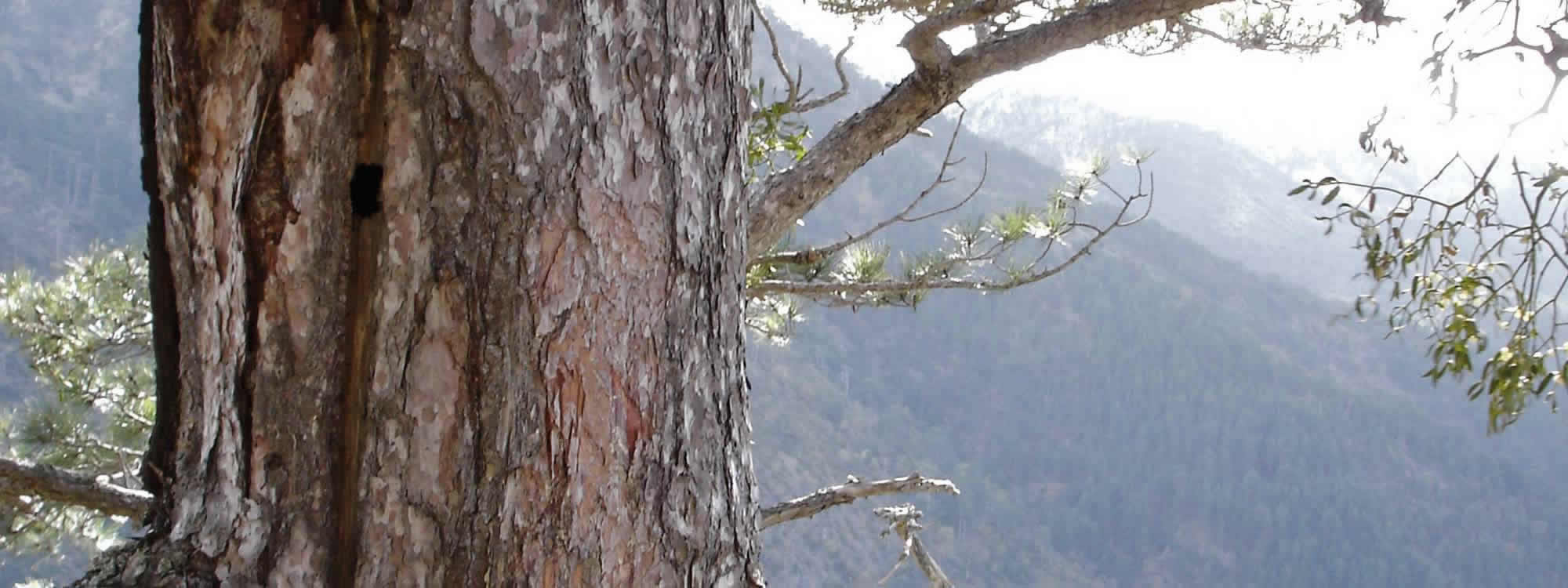The Northern Pindos National Park was established in 2005 by the Common Ministerial Decision 23069 (ΦΕΚ 639/14-6-2005). It is located at the Northwestern part of Greece and administratively belongs to the Regional Sections of Ioannina and Grevena. It extends in an area of 1,969,741 m2 and it is the largest terrestrial National Park in Greece. It includes the entire region of Zagori, the areas of Konitsa and Metsovo and the western part of Grevena. It geographically unifies the pre-existing National Forests of Pindos (Valia Kalda) and Vikos-Aoos, with their in-between geographical region. The creation of the Northern Pindos National Park after the integration of these areas has as its main purpose the preservation, protection and enhancement of the natural and cultural heritage of the region.
The National Park includes the second-highest mountain of Greece: Smolikas (2.637 m), the impressive mountain ranges of Tymfi, Lygkos, Vasilitsa, Mitsikeli and others. Within the protected area lie the sources of the rivers of Voidomatis, Aoos and Venetikos and the tributaries of Arachthos: Bardas and Zagoritikos.
The most striking National Park features are its gorges and ravines. The most important ones are the Vikos Gorge and the Aoos Canyon in the region of Ioannina, the Portitsa gorge, Tsoyrgiaka and Mikrolivado canyons in the region of Grevena.
The high and craggy peaks create a bright and diverse terrain with a variety of habitats and species. The transitional ecosystems offer a unique landscape through the seasons of the year, for example the chromatic variations of the forest species of Mount Orliakas are considered unique in the country. The area of the National Park is home to many rare, endemic and endangered species comprising an exceptional biodiversity, which specifies the particular ecological value of the area.
Within the Northern Pindos National Park region a land-use management system was developed that established a graded system of conservation zones. Four distinct zone areas have been identified, at two of which (Zone I and Zone II) applies a very high degree of protection, in order to preserve the ecosystem and the traditional mountain lifestyle. In particular, the three cores of the National Park are determined as Nature Reserve Areas (Zone I), that is, Valia Calda, the Vikos Gorge and Aoos Canyon. These are the environmental hearts of the park and require the most effective protection of the existing natural environment with minimal human intervention. Around these areas, the Natural Habitats and Species Conservation Zone (Zone II) extends over four particular areas. Finally, beyond the National Park region, four particular areas have been determined as the Peripheral Zone (Zone IV).
The highest degree of protection applies in the Nature Reserve Areas (Zone I), in which the main objective is the maintenance of the existing status of the physical environment and its effective protection in order to follow its natural evolution with minimal human intervention. Scientific researches, guided tours for visitors and eco-tourist programs have been designed to allow access to these areas, with the least environmental impact.
In the Natural Habitats and Species Conservation Zones (Zone II) the land uses are also restricted to preserve the natural environment. The sustainable management of these zones includes research activities and encouragement of traditional agriculture.
In the main area of the National Park the protection degree is milder. It constitutes the largest area of the National Park and includes several village lands where environmental and traditional mountain lifestyles are protected. The Park promotes the preservation of traditional activities, with maintenance of the environmental balance. Eco-tourism and education in this area is encouraged.
Finally, the areas outlying the National Park borders, but considered essential to the Park’s ecosystem are included in four Peripheral Zones (Zone IV). The Peripheral areas are buffers between the highly protected areas of the Park and the surrounding region. Land use restrictions are placed on activities that have a negative effect on the maintenance of the Park area in a natural state. The Peripheral areas overlap the range of protected species, such as the brown bear (Ursus arctos) and other wildlife. Sustainable growth and development of recreational activities are promoted, with a goal or restoring these buffer zone regions to a more natural, but economically sustainable state.





